|
The Hittites (pronounced hit-tights): a civilization forgotten to history for so long. So who were they? Where do I begin - in their Bronze Age heyday, perhaps? Or... how's about 1986 and in my living room... I was eight years old and watching ‘Ghostbusters’ - a firm childhood favourite of mine - on VHS. During the movie, Dan Aykroyd claims that the Hittites lived six thousand years ago and worshipped a god named Zuul. I now know that every word of this is utter cobblers. Needless to say, I hope Mr. Aykroyd feels suitably ashamed, both for being historically inaccurate and for wrecking my childhood. A few years later in Religious Education classes at school I was taught that the Hittites were a small, insignificant Canaanite tribal people that had lived in the hills of biblical-era Palestine around 900 BC. These days I know that while there were highland tribes known as 'The Hittites' in that region at that time, they were but a thin diaspora - the last whispers of a great lion’s roar that had gone before... Because, from 1600 BC all the way through to the catastrophic collapse of the Bronze Age around 1200 BC, the Hittites were not a petty hill tribe but a mighty superpower. They dominated most of modern Turkey and northern Syria, possessed a feared military and controlled a ring of vassal states - most notably Troy. They were the rivals of Egypt and Assyria, and a towering presence from whose shade Homer's Greeks must have looked on enviously. Now I must admit that I first began to grasp the sheer scale of the Hittite civilisation via the most nonacademic of mediums: in my late teens (when I should have been studying for university exams), I played the game, ‘Age of Empires’, to death. In it I controlled the Hittite civilisation in its pomp, raging across the Ancient Near East and obliterating Assyrian and Egyptian armies. Not sure why I felt the need to confess this - I just think the game deserves an honourable mention :) Watching Ghostbusters hundreds of times, trying not to fall asleep in RE classes and playing computer games probably wasn’t the way to study history, and so the Hittite question remained largely unanswered. Yes, by my uni days I had come to understand that they had been a world superpower. But what did that world of their look like? Their cities, their road, their armies? The lives of individuals - the fears and hopes of the common and the high-born? What did they eat? How did they celebrate? And my usual favourite - what was their most vulgar swear word? Following university, I trundled through several 'day job' years with not a lot of time for reading history. It was only when I made the transition from day job to writer, I realised that - at last - I had the opportunity to don my time traveller's hat and explore the Hittites and their Bronze Age world in full! The expedition began in earnest on an atypical, sweltering Scottish June afternoon. I packed a bag with a newly acquired book – Trevor Bryce’s ‘The Kingdom of the Hittites’ – a sandwich and a bottle of cold juice, then took leave of my writing study and set off to the green banks of Tamfourhill (an old Roman site on the Antonine Wall, overlooking the modern Forth & Clyde Canal). I parked myself in the shade under a spreading oak, checked there were no evil spiders hovering about above or behind me, then began to read... “The Near East in the Late Bronze Age is a complex picture of constantly shifting balances of power amongst the major kingdoms of the region, or expanding and contracting spheres of influence, of rapidly changing allegiances and alliances as Great Kings vied with one another for supremacy over their neighbours. Within this context the kingdom of the Hittites emerged, struggled for survival, triumphed, and fell. ” The hooks were in! Shivers raced across my skin and hours passed as this long lost world came alive in my mind's eye. I was falling back through the centuries as I read. Forgotten ruins were thrown up, broken walls towering once more. Long dead oracles and priests rose from the mists of eternity to drone strange chants. Colossal armies emerged from the dust to march again. Great Kings shed their tombs to take seat upon their iron* thrones once more. I could smell the barley beer they drank, taste the baked bread, hear the songs rising from the temples, feel the heat of the Anatolian sun and see the glow of the bronzesmith's crucible. Every sense was engaged, at last. That initial question ‘Who were the Hittites?’ spawned a thousand more (as all good questions do), and so on I went, collecting more texts and papers, scouring the Web, making friends with helpful scholars across the world. Now the Hittite world is not one of shadow. It is golden, enchanting, strange and severe. *Iron thrones, in the Bronze Age? What?! Yes, it's true: Bronze Age civilizations had not yet worked out how to smelt iron from abundant ore. But they did have precious amounts of it in the form of meteorites, or 'Iron of Heaven' as they called it. What little meteorite iron they did have was used for ceremonial purposes, including the decoration of thrones. But... some say the Hittites were the first to crack the secrets of ore smelting, unlocking a wealth of iron with which they could equip their armies! This opens a delicious and different can of tangential worms, which I will delve into more deeply in a future article. Tangents aside, here are the key things you need to know about the Hittites (and I'm only scratching the surface here): Where was the Hittite Empire?In the Bronze Age, the Near East was the hub of the world. Four great powers held sway in this region: Egypt, Assyria, Ahhiyawa (Homer’s Achaean Greece)… and the Hittites! The Hittite Empire centred on the heartlands of mid-Anatolia (modern Turkey). Their choice of this terrain drew sneers from their rivals - for in comparison to the fertile lands of the Nile and Assyrian Mesopotamia, it was a rocky, barren and windswept upland, far from the trade roads. Outwith the heartlands lay a ring of vassal states – Wilusa (with its capital, Troy), Arzawa, Lukka, Pala, Tarhuntassa, the Seha River Land and more. In Syria, the Hittites also held sway with a pair of crucial bulwark viceroyalties, Gargamis and Halpa (Aleppo), and more loyal vassal kingdoms such as the trade-capital of Ugarit, Amurru and the desert lands of Nuhashi. The city of Hattusa was the Hittite capital, situated around one hundred miles east of modern Turkey's capital, Ankara. It was built upon a rocky mountainside some 1,200 meters (nearly 4,000 feet) above sea level. Reconstructions and remains show that the Hittites were fine architects and that they understood thoroughly the art of fortification. When did the Hittites rule?The Hittite Empire spanned the Middle and Late Bronze Age. It rose sometime in the 17th century BC and crumbled as the Bronze Age itself came to a catastrophic end in the late 13th and 12th centuries BC (in other words, 1600-ish-1200-ish). Historians now recognise three distinct periods within this timespan: an embryonic Hittite ‘Old Kingdom’, a period of decline known as the ‘Middle Kingdom’ and an era of resurgence, apogee and the abrupt end known as the ‘New Kingdom’. What does 'Hittite' mean?This is a tricky one to answer - so bear with me! Essentially, it is something of an etymological anachronism - similar to the way we refer to the 'Byzantine Empire', when in fact the people of 'Byzantium' considered themselves Romans and part of the Roman Empire. With the Hittites, it all stems from the Christian Bible and the Hebrew Tanakh. The Tanakh refers to the aforementioned biblical hill tribes of the 9th century B.C. as the enemies of the Israelites and of God. The Book of Genesis, Chapter 10, described these same people as the descendants of Noah, through Ham, then Canaan, and then Heth (so 'Hethites', or 'Hittites'). This post-hoc label has stuck, even though the 'Hittites' themselves - of biblical times and the earlier imperial age, would not have called themselves this. We suspect they might have identified themselves as 'The People of the Land of Hatti', or 'The Nesili' (the people who speak the Nesite language). Of course, for the purposes of sharp storytelling and accessible research, I and almost every single other author of fiction and fact stick to the concise term 'Hittites'. EthnicityThe Hittites were an ethnically diverse people. It was the Hatti – the native inhabitants of central Anatolia – who inhabited the heartlands initially. Then, sometime in the 3rd or early 2nd millenium BC, Indo-Europeans migrated there and supplanted the Hatti as the ruling class. Added to that there were others of native Anatolian stock (Hurrians and other nearby tribes) and Assyrians (thanks to years of trading and collaboration between Assyrian and proto-Hittite peoples). It was the personality-cult of the Hittite King and the ethos of religious inclusiveness which helped bind these people together to forge a common Hittite identity and culture. Culture & ReligionThis was the era of the temple-culture, where civilizations sprung up around great monuments and divine sanctuaries near which they farmed and herded and within which they paid tribute to their gods. The word of their gods and kings was absolute. The Hittite Empire epitomised this in its own peculiar, ascetic way. Every Hittite city across the heartlands sported several temples dedicated to their gods and the Great Storm Temple at Hattusa was the religious centre of the empire. They celebrated harvests and spring rains feverishly with dancers, acrobats and wrestlers leaping to and fro, priests and oracles singing and soldiers performing parade drills. Men and women would carry a bright train of cloth fashioned to look like Illuyanka the evil mythical serpent in a re-enactment of his battle with Tarhunda the Storm God. All while the people watched on, singing and clapping, feasting and drinking foaming pots of barley beer. The Hittite Empire was known as ‘The Land of a Thousand Gods’, and it’s easy to see why (in fact, the title is probably an understatement!). Their system of deities is perplexing, non-linear and unfamiliar to the modern theological eye. It seems that their chief deities were Tarhunda the Storm God and his spouse Arinniti, Goddess of the Sun. That said, each major city had a storm god, a sun goddess or some specific deity of its own, rapidly expanding the godly ranks. More, the Hittites were not just polytheistic but pantheistic too: they worshipped the ether around them, believing every spring, tree, rock and meadow possessed a spirit. They not only observed absolute religious tolerance but also practiced syncretisation, the custom of integrating foreign gods into their own pantheon. So no schisms and no theological in-fighting (can you imagine!). As mentioned above, this harmony and inclusiveness was surely one reason why the diverse peoples of the Hittite realm shared a common identity. As well as many priests and priestesses, the Hittites also employed diviners, snake and bird-watching oracles, and ‘Old Women’ – aged females who would perform religious and semi-‘magical’ rituals, such as:
Rule, Government & LawThe Hittite empire was ruled by the 'Labarna' - the high king, who would be addressed by his subjects as 'My Sun', and was considered as the direct appointee of the Gods. He also served as high priest of the empire and each year he would travel extensively to preside at festivals in the outlying cities. These personal appearances also helped forge a degree of imperial identity and belonging amongst his diverse subjects. The Labarna's word was absolute, and he was protected at all times by the Mesedi, an elite corps of royal bodyguards. However, many times throughout the centuries the Labarna was challenged and overthrown - usually murdered - by rivals. In terms of territorial government, the Hittite Empire employed a tight control over its 'heartlands' and a loose hegemonic system of control over the neighbouring vassal regions. These vassals weren't subject to Hittite taxes as such, but they were required to visit the Labarna once a year to deliver a tribute of sorts (horses, crop, treasures, ingots of metal or the like). This served to renew their oath of fealty to the Hittite throne. In return, the vassals were granted military protection and favourable trading status. At regular intervals throughout the rest of the year, the Labarna and his Panku - a council of nobles - would sit in session to discuss matters of supply, state and war. Regarding law, we know from the tablets excavated at Hattusa that the Hittites favoured financial penalty over death or mutilation. Also, slaves had rights and could work their way to freedom (not just rely on a benevolent master to free them). In general, they tried to build a self-policing society and they had a legal code, largely built on precedent, e.g.:
They also had some rather wacky and quite upsetting laws: bestiality was punishable by death... unless it was with a horse. And if you served up unclean food for the king or the gods, you’d be forced to eat an unclean meal as punishment – a heaped plate of steaming human excrement and a pint of pee to wash it down. Sorry if this is a lunchtime read for you... MilitaryThe Hittite King most-likely controlled 10,000-20,000 'native' troops. In times of major conflict, the Labarna could also levy armies from his network of vassals to supplement his core regiments. When gathered en-masse, the Labarna's forces would have been a match for any of the contemporary powers. The infantry were armed with spears, axes, curved short swords, powerful recurve bows and bronze-tipped arrows. They used rectangular or hourglass shields and wore bronze or leather conical helmets. The infantry were likely most useful in rugged ground or in forested regions, where they could rove towards and pin down bandits or invading armies. But when it came to flat, open ground, they would most likely serve more as a pivot for the chariots - the tanks of the Bronze Age! It seems that there was a military academy somewhere close to Hattusa, where young Hittite men were drilled mercilessly to become soldiers, and where horses brought in from the plains of Troy and Lukka were broken and trained to tow the war chariots. In Son of Ishtar I name this military school 'The Fields of Bronze'. So much moreThere is so much more I could go into: The land - a diverse geography of expansive grassy plains, mountains, coastal regions, river valleys, and desert. The economy - based mainly on grain, textiles, shepherding, and their expertise in metalworking. The language: they spoke Nesite, an Indo-European language, but communicated with foreign powers using Akkadian - the Bronze Age ambassador's language of choice. And when Hittite words were committed to clay tablets, it was in Cuneiform A Script – a writing system of wedges and dashes. But I think that's enough for now.
Oh, actually - one more thing: their most vulgar swear word? Easy, it's hurkeler - meaning 'one who indulges in deviant sexual practices with animals'. Sorry! :-) Fancy hurtling back through time and having an adventure in the Hittite era? Well funnily enough, you can, with the first book of my Bronze Age series Empires of Bronze: Son of Ishtar
5 Comments
Candi
5/20/2021 04:47:41 pm
Very good article with alot of informational history, which i've learned alot that i didnt know, thank you for this.
Reply
Cheryl McManus
5/22/2021 04:32:50 am
In the old Testament in the book of numbers, God is dividing the 12 tribes of Isreal, there is a group of Hetites with them. Suggesting they might also have been held as slaves by Egypt! God gives the Hetites as servants to. Arron and his descendants are put in charge of caring for their mobile Temple and most important, the The Holy of Holies, The Arc of the Covenant! From there they start their 40 year journey to Canaan!
Reply
11/23/2021 01:46:55 am
As an archaeologist and fellow historical novelist, I'm really happy to see how lovingly you've done your Hittite research! It's time everybody knew them for what they were and not just some footnote to the Bible.
Reply
Luca Boffa
12/22/2022 03:45:44 am
Good post
Reply
Leave a Reply. |
AuthorGordon Doherty: writer, history fan, explorer. My Latest BookArchives
March 2023
Categories |

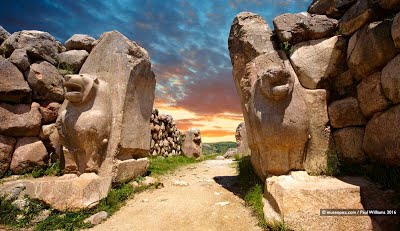
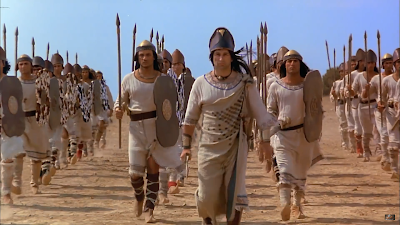


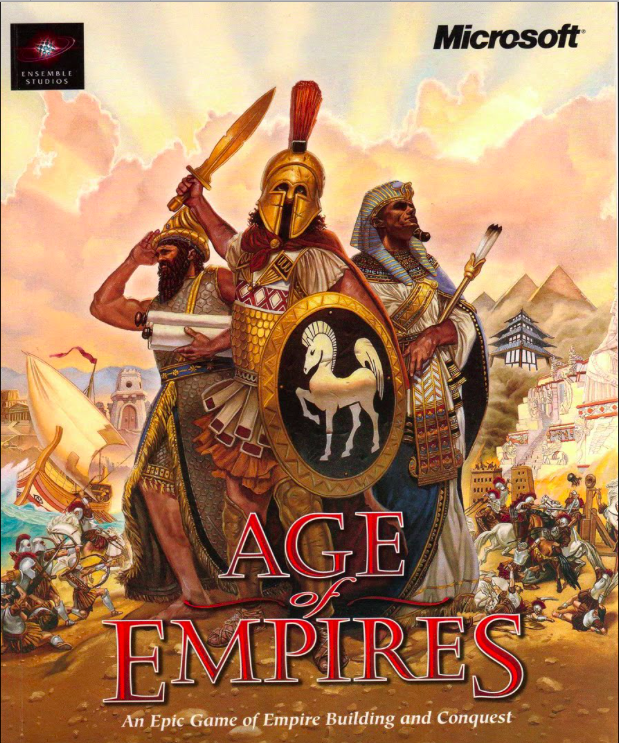
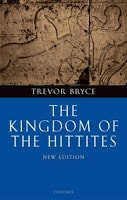
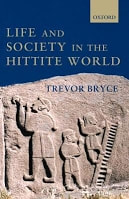
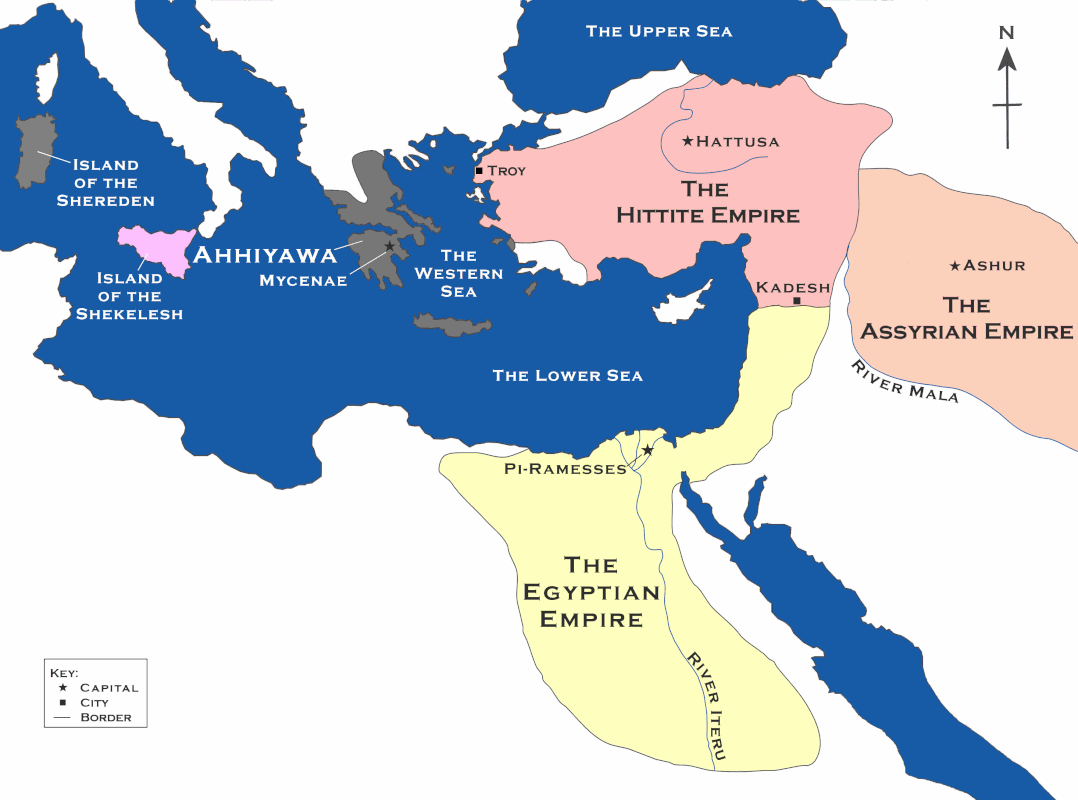



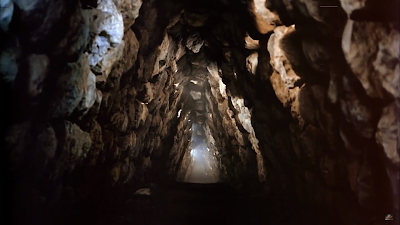
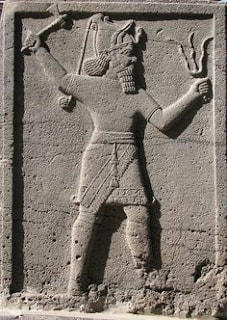
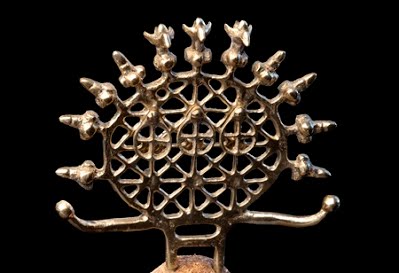

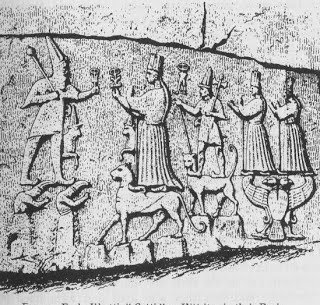
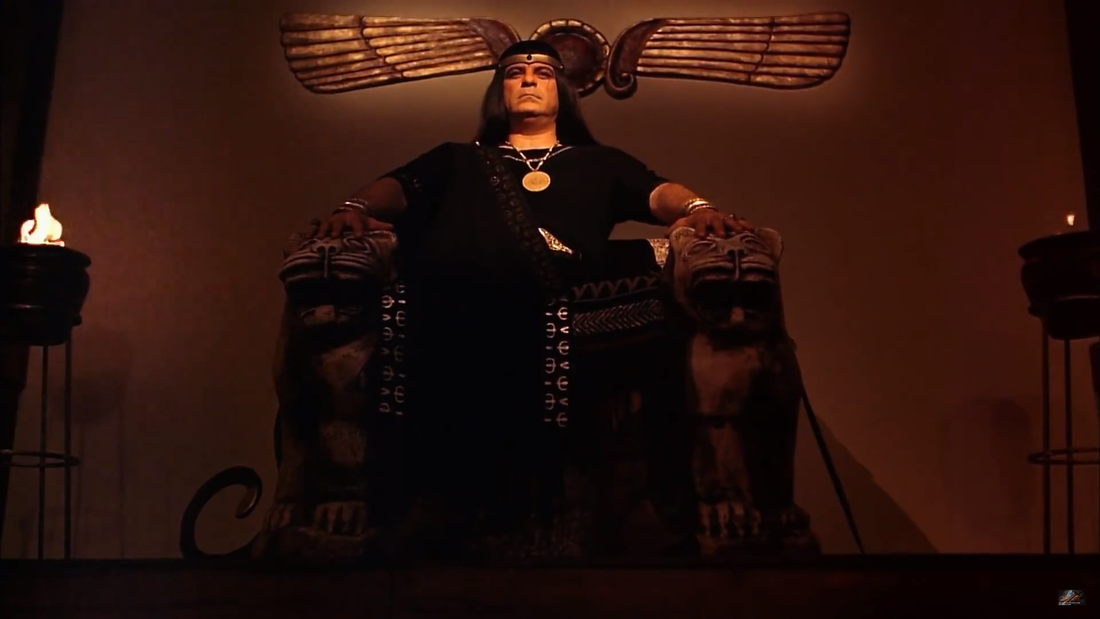
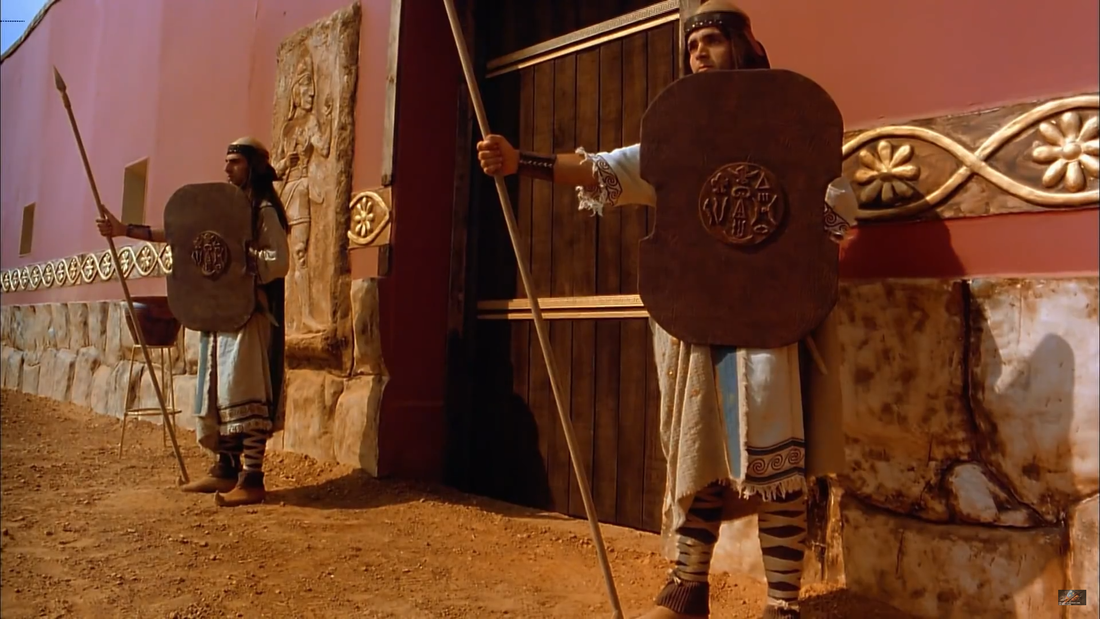
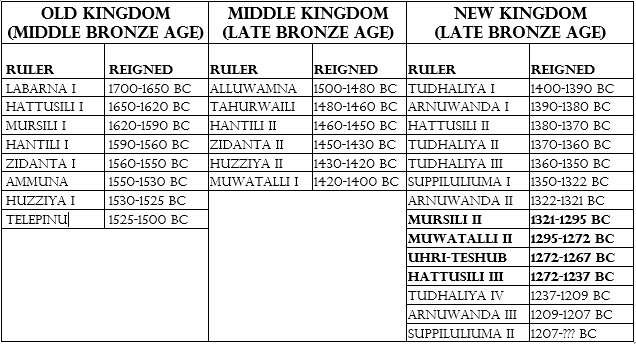
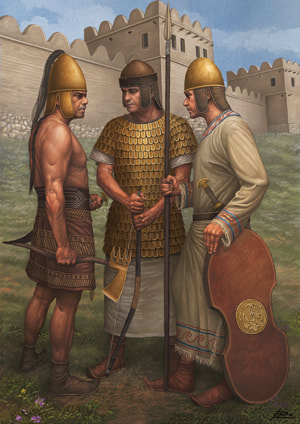
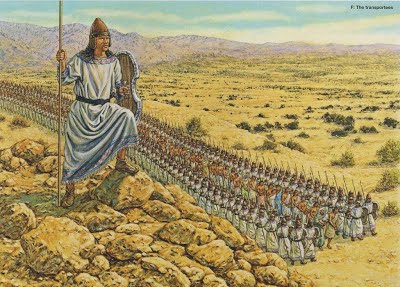




 RSS Feed
RSS Feed